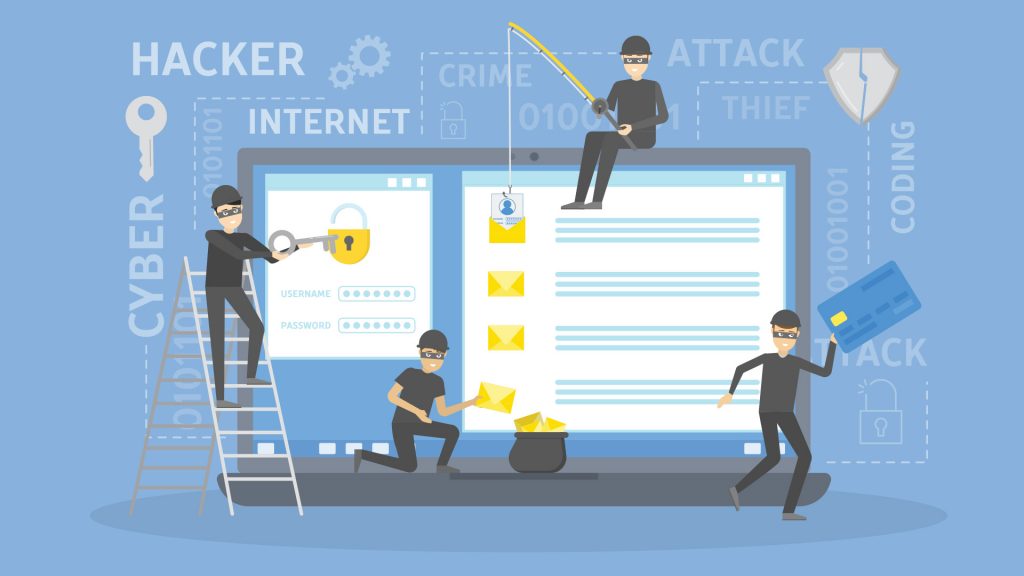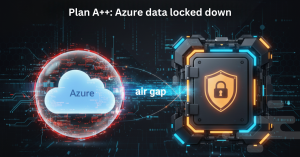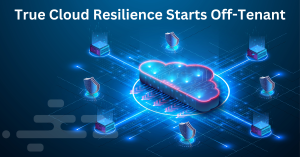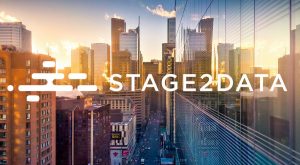Research shows that 52% of ransomware attacks during the past year started with malicious actors exploiting remote services. Some of the most reported ransomware strains are Ryuk, with 180.4 million targets; SamSam, with 103.9 million targets; and Cerber, with 28.2 million targets. Moreover, ransomware-as-a-service (RaaS) has created a whole new market that allows even non-technical malicious actors to target organizations.
These facts show that ransomware is a growing threat to businesses and individuals, with attacks becoming more frequent and sophisticated. In fact, ransomware accounts for 10% of all breaches. That’s why it’s time to unleash your inner digital superhero and armor up against ransomware and its consequences.
What Does Ransomware Cost Companies?
Ransomware attacks can be very costly for companies, and the cost goes far beyond the ransom payment. Research predicts that ransomware will cost victims a collective total of $265 billion by 2031, with the average ransomware payment having climbed 82% since 2020.
Additional costs and consequences associated with ransomware attacks include:
- Increasing threat: The first month of 2023 saw 33 publicly disclosed ransomware attacks, the highest number of attacks ever recorded for a January. And according to Dataprise, ransomware attacks have increased by 57% in the first quarter of 2023 compared to the same period in 2022.
- Recovery costs: The average cost of recovery from attacks is now close to $2 million.
- Damage to company brand reputation: Ransomware attacks can damage a company’s reputation, which can be difficult and costly to repair.
- Penalties for unmet contractual obligations: Companies may face penalties for not meeting contractual obligations to customers.
To protect against this potentially devastating attack vector, you must know where these criminals are targeting your networks to secure them effectively. Here are five such common ransomware entry points and how to remedy them:
What are the 5 Most Common Ransomware Entry Points?
1. Compromised Credentials
Compromised credentials are one of the ways in which attackers can gain access to your network and systems to deploy ransomware, steal personal/financial information, or take over accounts.
Compromised credentials mean that your corporate network’s keys have been leaked and are currently published on a ransomware data leak site such as Conti.News, which is operated by the Conti ransomware group.
How to remedy it: To mitigate the risk of ransomware attacks, organizations should implement strong password policies, multi-factor authentication, continuous monitoring of networks and backups for suspicious activity, and regular security awareness training for employees. Additionally, keeping software and systems up-to-date and maintaining regular backups can reduce the impact of a successful ransomware attack.
2. Unmanaged Devices or Bring Your Own Device
Individuals using their personal, unmanaged devices to access company resources and applications pose a substantial risk to organizations. IT departments are already grappling with all the known security issues, adding unmanaged devices beyond their visibility or control simply exacerbates the situation and is fertile ground for cybercriminals looking for a weak spot to access your network.
Malware, for example, poses a considerable danger when employees operate unmanaged devices; if an individual accesses corporate applications using their work credentials on a personal device that is infected with malware, company information could easily be siphoned into the hands of cybercriminals.
How to remedy it: Existing endpoint detection solutions, unfortunately, don’t always offer adequate protection from malware and ransomware attacks. You need complete data visibility and insights into the full picture of ransomware risks, including the compromised assets that could likely lead to future attacks.
3. Internet-facing Applications with Vulnerabilities
Vulnerabilities in internet-facing applications are one of the most common attack vectors for ransomware. Organizations need these applications to enable employees to work remotely and might not even be aware that they are exposed to the internet. Since these internet-facing applications are often a standard fixture across enterprise environments globally, they are a very tempting target for cybercriminals.
How to remedy it: To mitigate the risks associated with internet-facing applications, it is important to keep a complete and frequently-updated inventory of internet-facing applications, identify gaps in an organization’s application security, and isolate web-facing applications.
4. Brute-force credential attacks
Brute force attacks still represent the vast majority of threats to cloud service providers and made up 51% of all attacks in the first quarter of 2022. A brute-force attack is a form of hacking that uses trial and error to crack passwords, login credentials, and encryption keys. It involves guessing login information, encryption keys, or finding a hidden web page by working through all possible combinations hoping to guess correctly.
Brute-force attacks can be performed manually without using any software or by using automated tools that utilize wordlists and smart rulesets to intelligently and automatically guess user passwords
How to remedy it: Brute-force attacks are easy to detect, but they are not so easy to prevent. The best remedies include measures such as account lockout policies, rate limiting and multi-factor authentication and investing in a cloud service provider with zero-trust architecture when it comes to access control.
5. Social engineering
Social engineering is one of the easiest paths for cybercriminals to exploit users and infect their devices with ransomware. Cybercriminals use phishing emails or other social engineering techniques to trick users into revealing their login credentials or downloading malware.
How to remedy it: The first step is to make sure your staff is trained to notice social engineering attempts and stay updated about the various techniques hackers may employ. You have to maintain proper anti-virus and ransomware security solutions in place. But most importantly, you have to regularly back up important data to an external environment or cloud storage service.
As your last line of defense, Ransomware Detection and Protection is Vital To Effective Disaster Recovery
Ransomware detection and protection are vital to a robust disaster recovery strategy because it enables organizations to respond quickly to threats, mitigate damage, restore data, prevent future attacks, and maintain regulatory compliance.
Investing in advanced security measures and implementing comprehensive data protection and disaster recovery solutions are crucial for organizations to stay protected against the ever-evolving threat landscape.
Companies face a growing volume of data originating from both internal and external channels. By securing these common entry points, you can help protect against ransomware attacks and keep your data safe.
Final Thoughts
As technology advances, so do cyberattack methods — one of the most destructive forms of cybercrime is ransomware. It can cripple a business, making it impossible for employees to access files and threatening sensitive information. That’s why having effective disaster recovery and ransomware protection is vital to keeping your business operational.
Cohesity Helios through Stage2Data, takes a security-first approach to protect against ransomware attacks. Cohesity Helios can help organizations avoid paying ransom and recover quickly from attacks by providing comprehensive data security and management capabilities.
If you’re ready to stop ransomware in its tracks, get in touch.





